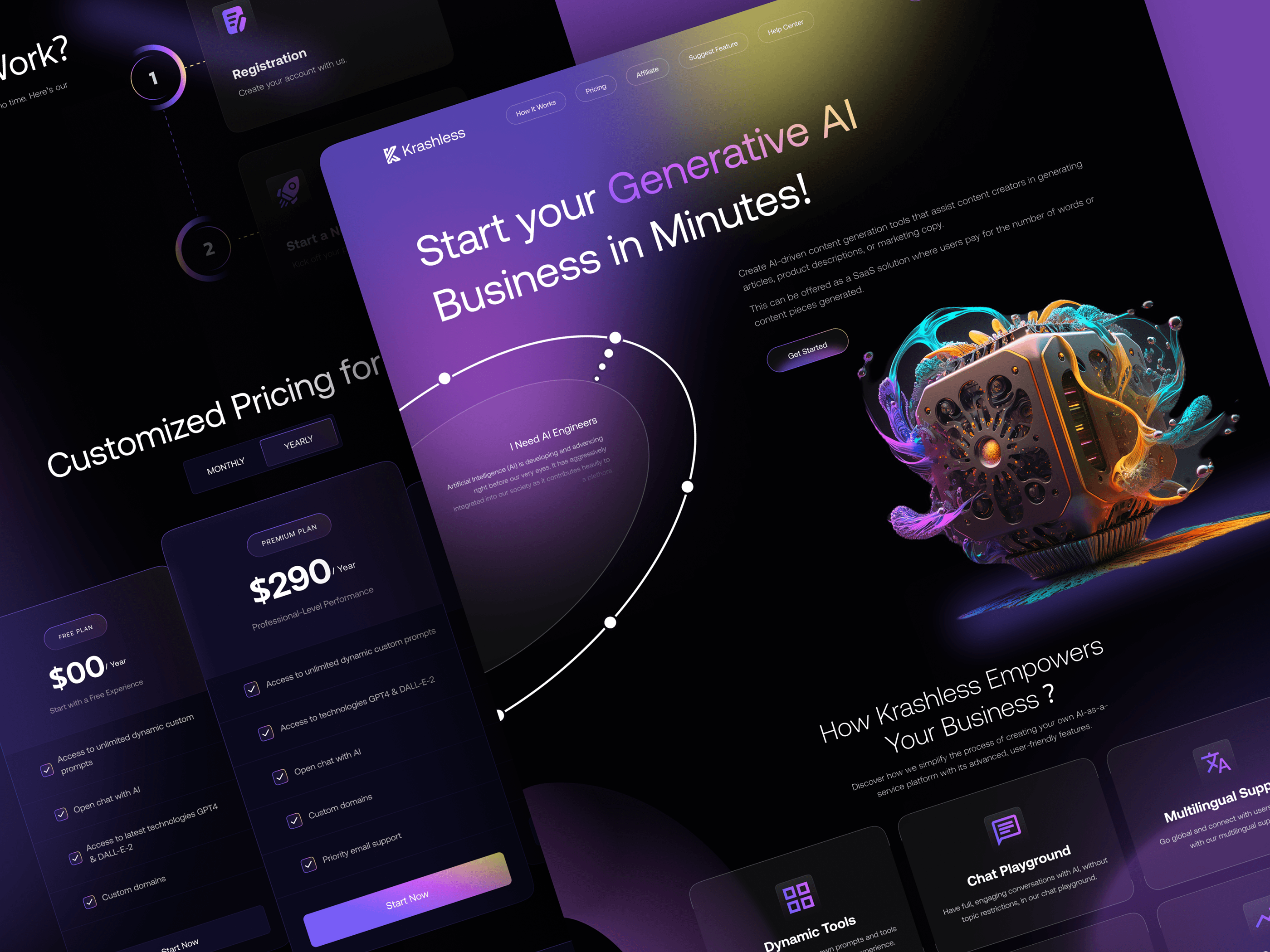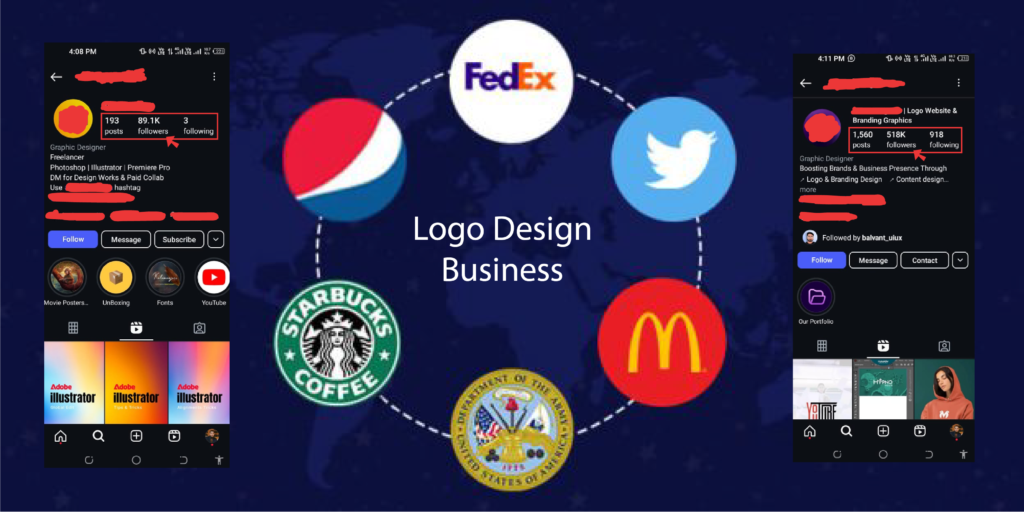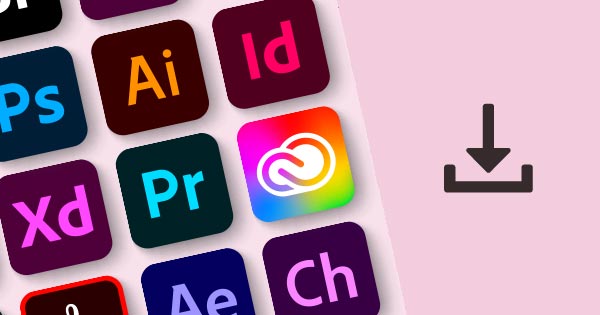In today’s digital-first world, your website is often the first impression potential customers have of your business. As website designers, we understand how critical it is to not only have an aesthetically pleasing site but also one that’s functional, fast, and optimized to convert visitors into loyal customers. With new trends constantly emerging, staying ahead of the curve can give your business the competitive edge it needs to thrive in the ever-evolving digital landscape.
In this blog, we’ll dive deep into five essential website design trends for 2024 that will help your business stand out, rank higher on search engines, and boost your bottom line. Whether you’re redesigning an existing site or building one from scratch, these trends will ensure your site not only looks modern but performs at its peak.
1. Minimalist and Clean Designs: Less is More
Minimalism has been a staple in web design for several years, but in 2024, it’s becoming even more essential. The goal is to focus on clarity and simplicity, eliminating unnecessary elements that can distract or confuse users. A clean design improves user experience (UX) by creating a visually appealing and easy-to-navigate layout, allowing visitors to find what they need quickly.
Why Minimalism Works:
- Faster Load Times – Fewer elements on the page mean your website will load faster, improving both user experience and SEO.
- Enhanced Focus – With less clutter, visitors can focus on your content, products, or services, increasing the chances of conversion.
- Better Mobile Experience – Minimalist designs are easier to adapt to mobile devices, where space is limited, ensuring a seamless user experience across all platforms.
How to Implement Minimalist Design:
- Use white space strategically to separate content and draw attention to key elements like your CTA (Call to Action) buttons.
- Limit color schemes to 2-3 complementary colors that reflect your brand.
- Simplify your navigation by reducing the number of menu items and focusing on essential pages.
Minimalism not only looks professional but also leads to a more focused and engaging user experience, making it a win-win for both aesthetics and functionality.
2. Mobile-First Design: Catering to the Majority
With over 60% of global web traffic now coming from mobile devices, it’s no surprise that mobile-first design has become more important than ever. This approach prioritizes designing your website for mobile devices first and then adapting it for larger screens like desktops and tablets.
In 2024, websites that fail to provide an excellent mobile experience will fall behind. Google has also moved to a mobile-first indexing system, which means your mobile site’s performance directly impacts your search engine rankings.
Why Mobile-First Design is Essential:
- User Behavior – Today’s users expect fast, intuitive mobile experiences. If your site isn’t optimized for mobile, you’ll lose visitors and potential customers.
- SEO Ranking – Google prioritizes mobile-friendly websites in search results, meaning your mobile site’s performance could determine your overall search ranking.
- Mobile Conversions – A mobile-optimized site makes it easy for visitors to convert, whether it’s through form submissions, purchases, or scheduling a consultation.
Best Practices for Mobile-First Design:
- Responsive Design – Ensure your website automatically adjusts to fit different screen sizes, maintaining both usability and visual appeal.
- Simplified Navigation – Use collapsible menus (hamburger menus) and streamlined navigation to make it easy for users to move around your site.
- Optimized Media – Compress images and use scalable vector graphics (SVGs) to reduce load times while maintaining image quality.
By prioritizing mobile-first design, you create a seamless experience for the majority of your visitors, making it easier for them to engage with your brand.
3. AI-Powered Chatbots and Personalized User Experiences
Artificial intelligence (AI) is reshaping how businesses interact with their customers online. In 2024, websites that incorporate AI-powered chatbots and personalized user experiences will lead the way in customer engagement.
Chatbots have become smarter and more intuitive, offering 24/7 support and guiding users through their journey on your website. These tools can answer common questions, provide personalized product recommendations, and even assist with troubleshooting.
Why AI-Powered Chatbots Matter:
- Improved Customer Support – Chatbots provide instant assistance to users, answering questions and helping them find what they need quickly, which boosts satisfaction.
- Increased Conversions – By guiding visitors toward relevant content or products, chatbots can play a crucial role in driving sales.
- Cost Efficiency – Automated chatbots reduce the need for constant human support, saving you time and resources while keeping visitors engaged.
Personalized Experiences:
AI can also track user behavior to deliver personalized content, product suggestions, and offers. For example, if a user visits a roofing website and browses residential roofing services, AI can recommend related blog posts, testimonials, or service packages. This tailored experience keeps users engaged and increases the likelihood of conversions.
How to Implement Chatbots:
- Use chatbots for lead qualification by asking visitors specific questions that gather their contact information and project details.
- Add live chat options during working hours to further personalize user interaction and offer human support when needed.
- Track chatbot interactions with analytics tools to improve response quality and learn more about customer behavior.
4. Page Speed and Performance Optimization: Faster is Better
In a world where attention spans are shrinking, website speed is critical. Studies show that 53% of mobile users will abandon a website if it takes more than 3 seconds to load. Not only does this hurt your bounce rate, but it also affects your SEO ranking, as Google uses page speed as a ranking factor.
2024 will see businesses doubling down on performance optimization to retain users and improve their SEO standings.
Why Page Speed Matters:
- User Experience – Fast-loading websites lead to higher user engagement and lower bounce rates.
- SEO Benefits – Faster websites are ranked higher on search engines, which drives more organic traffic.
- Mobile Optimization – With mobile traffic increasing, ensuring your mobile site loads quickly is essential for maintaining conversions.
How to Optimize Page Speed:
- Compress images using modern formats like WebP to reduce file size without sacrificing quality.
- Leverage browser caching so returning visitors don’t have to reload your entire site.
- Use a Content Delivery Network (CDN) to distribute your content globally, ensuring fast load times for visitors across different regions.
- Minify CSS and JavaScript files by removing unnecessary code and formatting to speed up loading times.
Fast, efficient websites not only enhance the user experience but also improve your bottom line by keeping visitors engaged and moving through your sales funnel.
5. Bold Typography and Custom Illustrations: Stand Out with Style
Bold typography and custom illustrations are becoming the go-to choice for businesses looking to inject personality and creativity into their websites. Large, bold fonts grab attention and make a statement, while custom illustrations and animations can transform your website into a visually engaging experience.
Why Bold Typography and Custom Illustrations Are Effective:
- Brand Identity – Unique typography and illustrations set your brand apart from the competition and make your website instantly recognizable.
- Visual Hierarchy – Bold fonts highlight important information, such as headlines or CTAs, ensuring users don’t miss key messages.
- Memorability – Custom visuals make your website more memorable, increasing the chances that users will return or recommend your site to others.
How to Implement This Trend:
- Use bold, readable fonts for headlines and key messages while keeping body text simple and easy to read.
- Incorporate custom illustrations or animations that reflect your brand’s personality, helping you stand out in a crowded market.
- Ensure that visuals don’t compromise page speed by using lightweight image formats and optimized designs.
Incorporating these visual elements into your website helps you establish a strong, memorable brand while creating a unique user experience that captivates visitors.
Conclusion: Stay Ahead with These 2024 Web Design Trends
Incorporating these five website design trends in 2024 will ensure your business remains competitive and relevant in an increasingly digital world. From minimalist design and mobile-first strategies to AI chatbots and faster load times, these trends are not just passing fads—they’re essential for creating a successful, user-focused website.
At 5sixDigital, we specialize in helping businesses like yours stay ahead of the curve with modern, high-performing websites that attract and convert customers. Whether you’re looking to redesign your website or start fresh, we’ve got the expertise and tools to take your online presence to the next level.
Let’s create a website that works as hard as you do. Ready to get started?
📧 info@5sixdigital.com
🌐 5sixdigital.com





